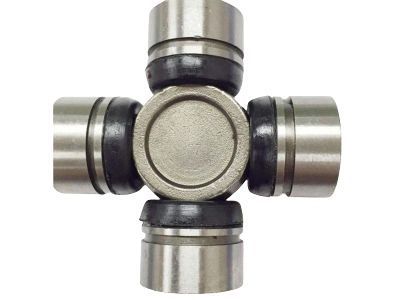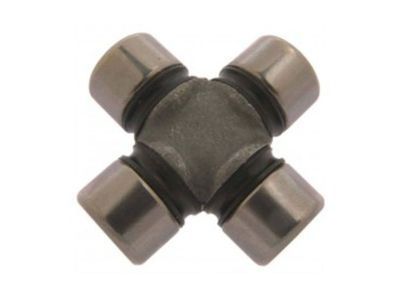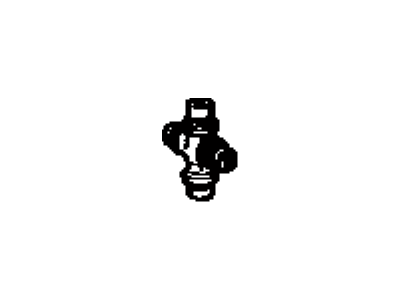

My Garage
My Account
Cart
Genuine Toyota Supra Universal Joint
U-Joint- Select Vehicle by Model
- Select Vehicle by VIN
Select Vehicle by Model
orMake
Model
Year
Select Vehicle by VIN
For the most accurate results, select vehicle by your VIN (Vehicle Identification Number).
2 Universal Joints found
Toyota Supra Bearing Kit, UNIVERS
Part Number: 04371-30021$56.28 MSRP: $78.66You Save: $22.38 (29%)Ships in 1-3 Business DaysToyota Supra Spider Kit, Universal Joint
Part Number: 04371-30020$56.28 MSRP: $78.66You Save: $22.38 (29%)Ships in 1-3 Business Days
Toyota Supra Universal Joint
The Universal Joint in Toyota Supra cars helps to pivot in the transfer of force to the axle assembly besides providing flexibility in the movement of the driveshaft due to suspension. Usually coming in the form of a cross with rolling elements in steel cups, the U Joint plays the role of making up for angle discrepancies between components. Factory U Joints on the other hand are usually supplied with pre-applied grease and some of the others come with the grease zerks to ensure that the grease is replenished so as to increase the lifetime of the bearing. Common symptoms of worn out U Joints are noise such as clunking, vibrations, and squeaking and should be replaced when there is defect. The further development of the universal joint, from the ancient gimbal to the more modern uses in car and industrial equipment industries proves it's relevance in mechanical engineering.
If you are in demand for superior quality and affordable OEM Toyota Supra Universal Joint, then shop with us! We own a wide range of the reduced-priced genuine Toyota Supra Universal Joint. You can purchase in confidence as all parts come with a manufacturer's warranty. Any issues with our products? No need to worry as we have a hassle-free return policy to guide you every step of the way.
Toyota Supra Universal Joint Parts Questions & Experts Answers
- Q: How to replace the universal joints on Toyota Supra?A:The universal joints on 1982 through 1986 models are not serviceable, so when they become worn, the entire Drive Shaft or intermediate shaft must be replaced as a single unit. Signs of wear in the universal joints include transmission vibration, noise during acceleration, lack of lubrication, metallic squeaking, and grating sounds as the bearings disintegrate. To check for wear, the driveshaft can be turned with one hand while holding the rear axle flange or front-half coupling, and any movement between the driveshaft and the couplings indicates considerable wear. The universal joints can also be checked by holding the shaft in one hand and turning the yoke or flange with the other, and if there is excessive axial movement, the joints should be replaced. To replace the joints, the driveshaft is removed and alignment marks are placed on each shaft yoke and flange yoke. The bearing outer races of the universal joint are tapped lightly with a ratchet extension or similar tool and hammer to relieve pressure on the snap-rings. The snap-rings are then removed using two screwdrivers, and the bearings are forced out of the yokes using two sockets. The process is repeated for the remaining bearings, and the spider journals and sleeve yoke splines are checked for damage. When reassembling, new needle bearings, dust seals, and snap-rings are used, and each grease cavity in the spiders is packed with grease. A thin coat of grease is applied to the new needle-bearing rollers and roller contact areas on the spiders. The bearings and spider are then pressed into the yokes using the vise and sockets, and snap-rings of the appropriate thickness are installed to eliminate clearance between the bearing cups and snap-rings. The axial play is checked, and if excessive, thicker snap-rings are used. Finally, the remaining universal joint(s) are assembled and the driveshafts are rejoined.














